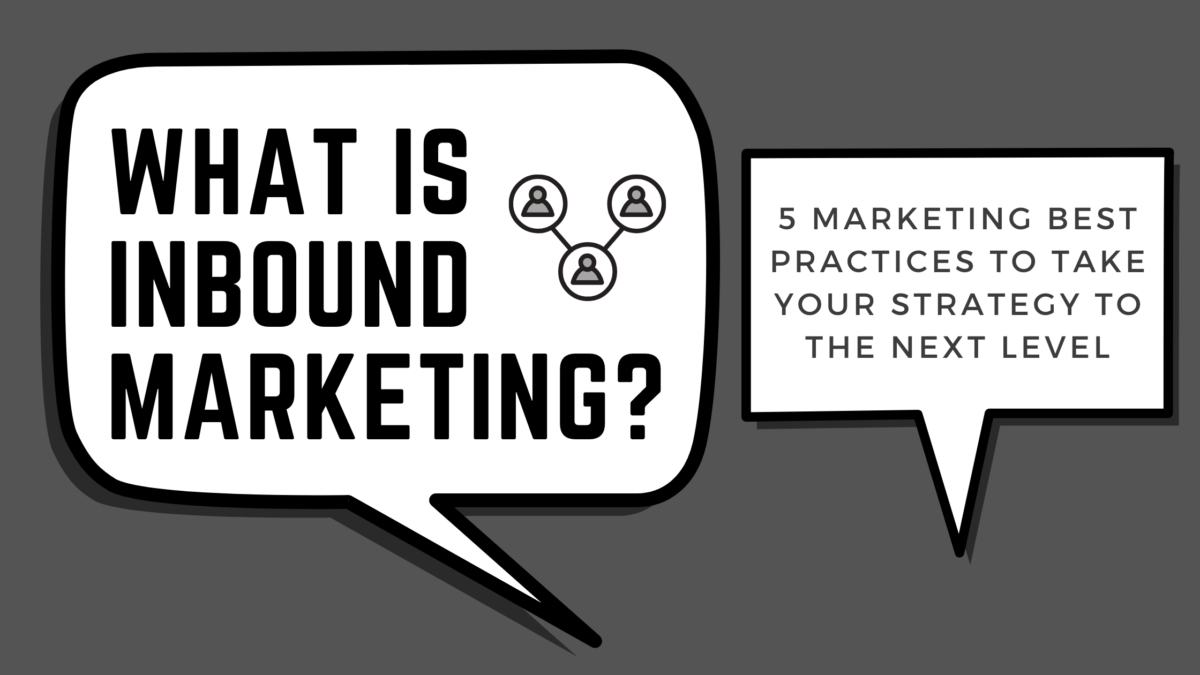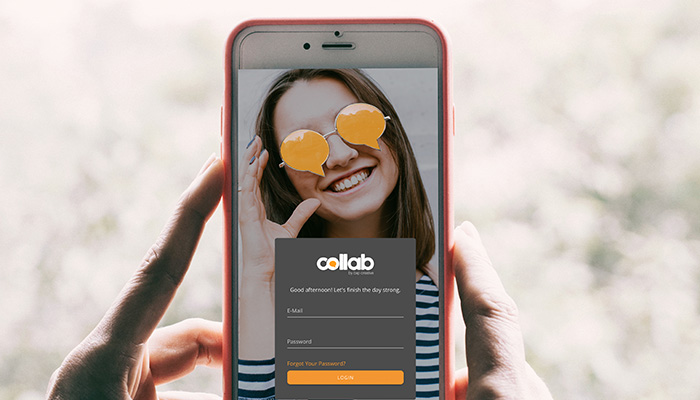
It used to be that companies would mostly advertise in an interruptive way. Billboards, TV commercials, radio spots, mailers—these are all examples of outbound marketing. Now, marketers tend to focus more on creating value and connections. Emails, social media posts, blog posts—these are all examples of inbound marketing.
The biggest difference between inbound and outbound marketing is the focus of the content.
Inbound vs Outbound Marketing
While some forms of outbound marketing do play a role (especially in creating brand awareness), inbound marketing is how brands form and maintain relationships with consumers.
Outbound marketing is focused on placement and grabbing attention. It casts a largely indiscriminate net in the hopes of snagging some leads.
The ultimate expression of outbound marketing is cold calling. If you’ve ever had your dinner interrupted by a salesperson selling new windows, insurance or a better rate on a school loan you don’t even have, then you understand how annoying interruptive marketing can be.
Inbound marketing is more focused on aligning the message with what the audience is looking for. The content created is specific for certain buyers coming in at certain points in their buyer’s journey.
If you’ve asked Google a complex question and read a company’s blog post on the answer, then you’ve experienced the ultimate expression of inbound marketing. That brand attracted you right into their space with their content.
5 Inbound Marketing Best Practices
The advantages of inbound marketing strategy include attracting qualified leads and creating long-term relationships. Here are some crucial inbound marketing tips when creating your strategy.
Understand Your Customers and Your Brand
To have a really strong inbound marketing strategy, you need to have a very clear vision of your brand and target audience.
- Don’t assume you know your customers. Create buyer personas to help you pinpoint your customers’ needs, likes, dislikes and motivations.
- Define what sets your company apart from the competition, including your aesthetic and voice.
- Pinpoint what makes your products and services different—how are you filling a need that your competitors don’t?
Be Pointed in Your Content Strategy
To have an effective inbound strategy, you need to realize that not all buyers are in the same boat. This means you need to:
Target Specific Buyers
Create content that appeals to the various stages of the buyer’s journey and use the buyer personas to ensure you have content that appeals to your different consumer types.
Personalize Content
Provide individuals suggestions and interactions based specifically on their activity. This could include automating abandoned cart reminders, product suggestions or responding publicly to a social media complaint.
Segment Lists
Don’t treat all contacts the same in your email marketing strategy. Differentiate your buyers based on things like location, previous purchases, point in the buyer’s journey and more.
Be Careful How You Apply Automation
Brands have been embarrassed when their scheduled ad campaigns are running during a sensitive time or their scheduled social media post sounds completely tone-deaf because it automatically posts during a national crisis. Customers will be annoyed if they get emails or SMS that ask them to do something they’ve already done. Automating social media responses is almost always a bad idea.
Automation can be a great tool, but it can make you seem out of touch if it gets overused.
Create Premium Branded Content
You need great content that really appeals to your audience. Only publish content that adds value and helps position you as a trustworthy authority. Audit your existing content regularly so you can update evergreen content and add content to fill gaps.
From blog posts to YouTube videos and website images, make sure everything remains consistent with your brand aesthetic and voice.
Focus Strategies on Retaining Customers
Finally, don’t forget about your current customers. Too many brands focus their inbound strategy on the early stages of the buyer’s journey, neglecting those who’ve already made the purchase. Customer retention is usually far more cost effective than customer acquisition.
Introducing Collab by BXP Creative
We're working with our clients in a new way! Collab is our browser-based platform that empowers your team to collaborate on a variety of marketing projects while leveraging our top-tier talent to strategize, conceptualize, and create whatever you need.
Let's Collab!


